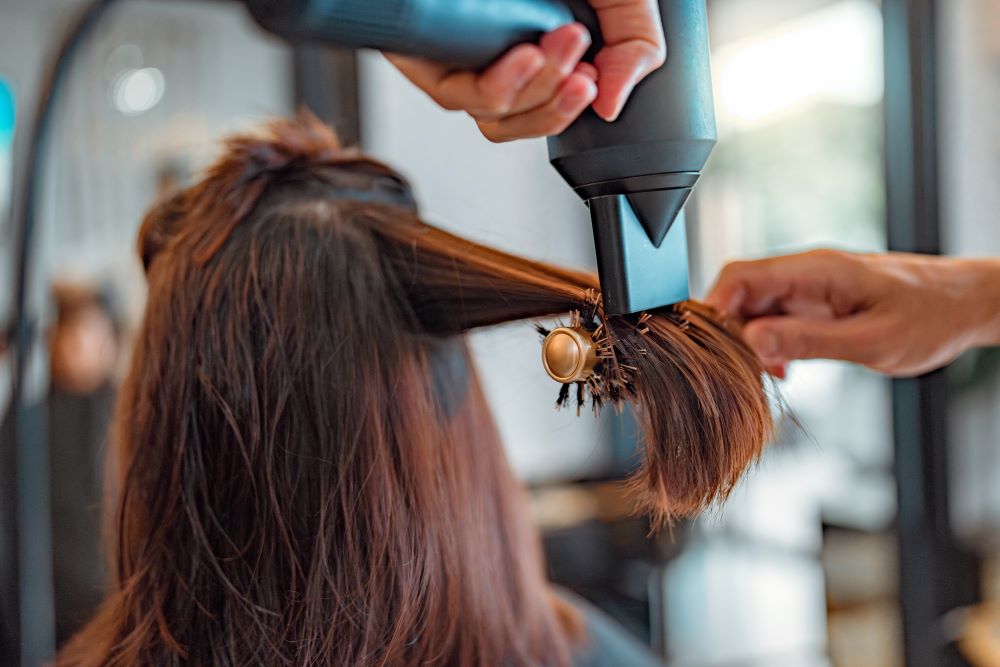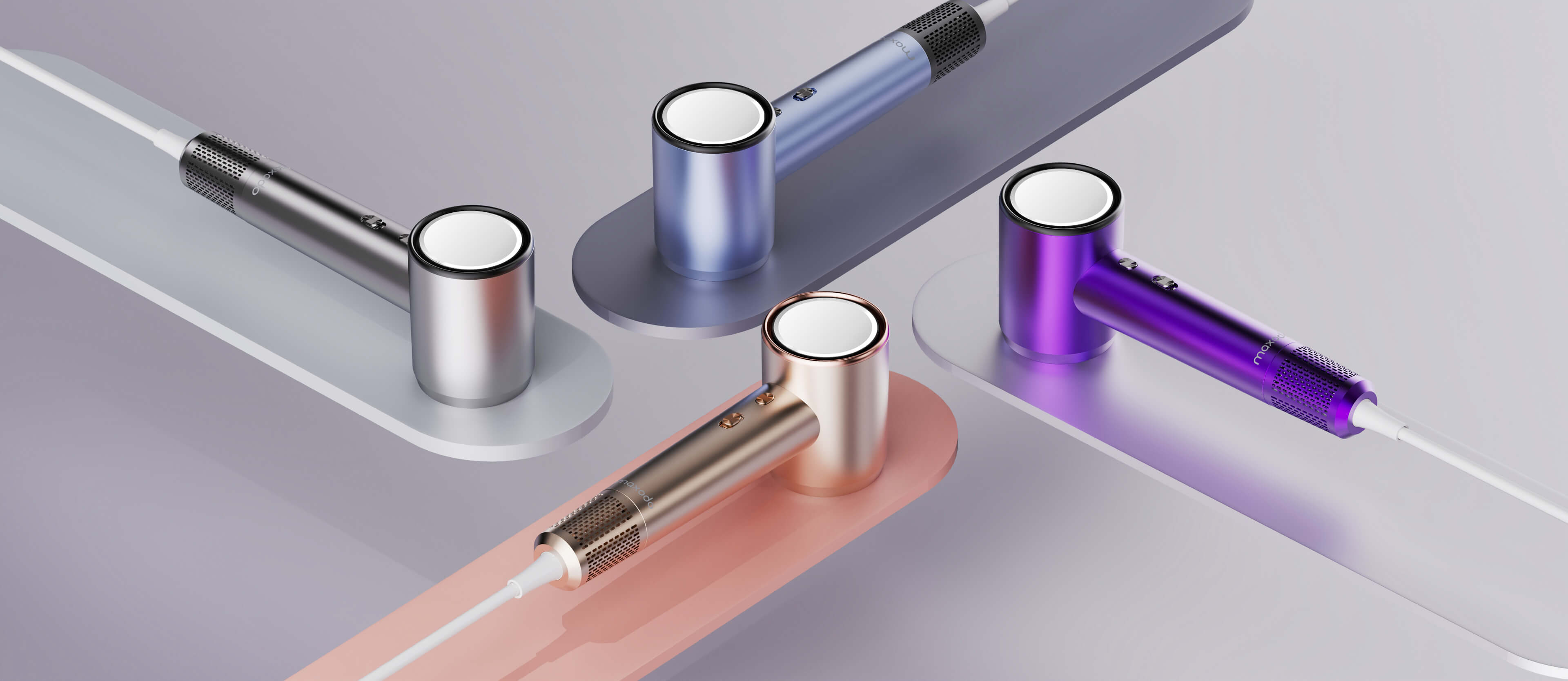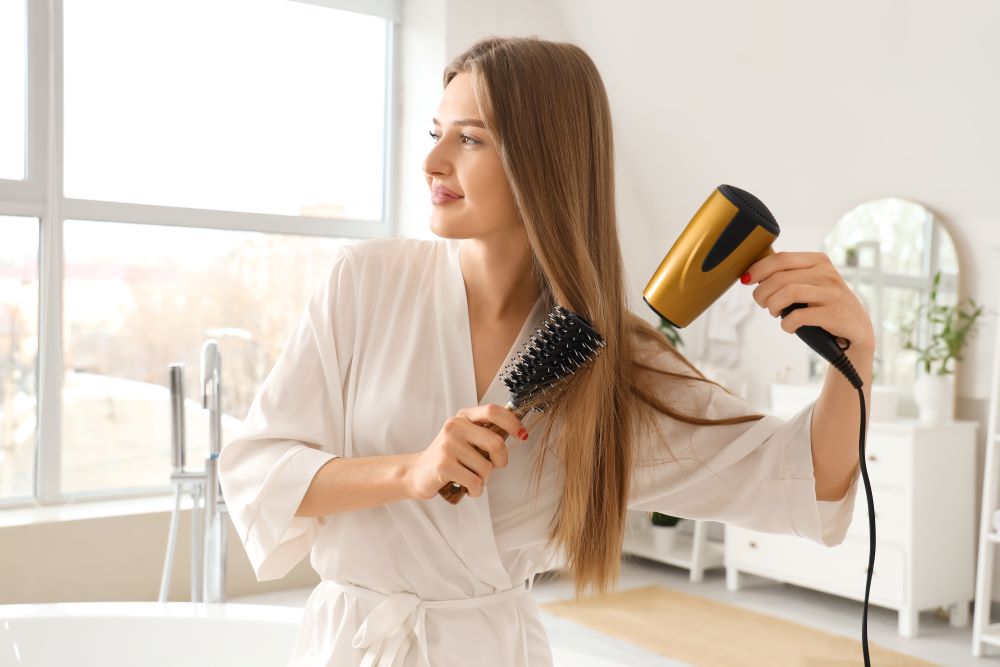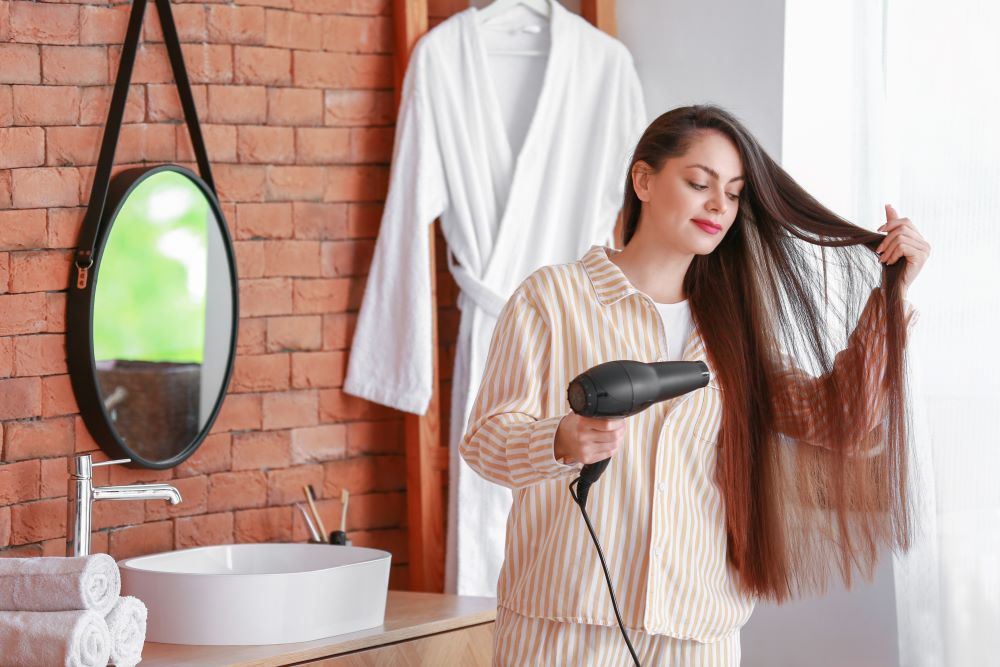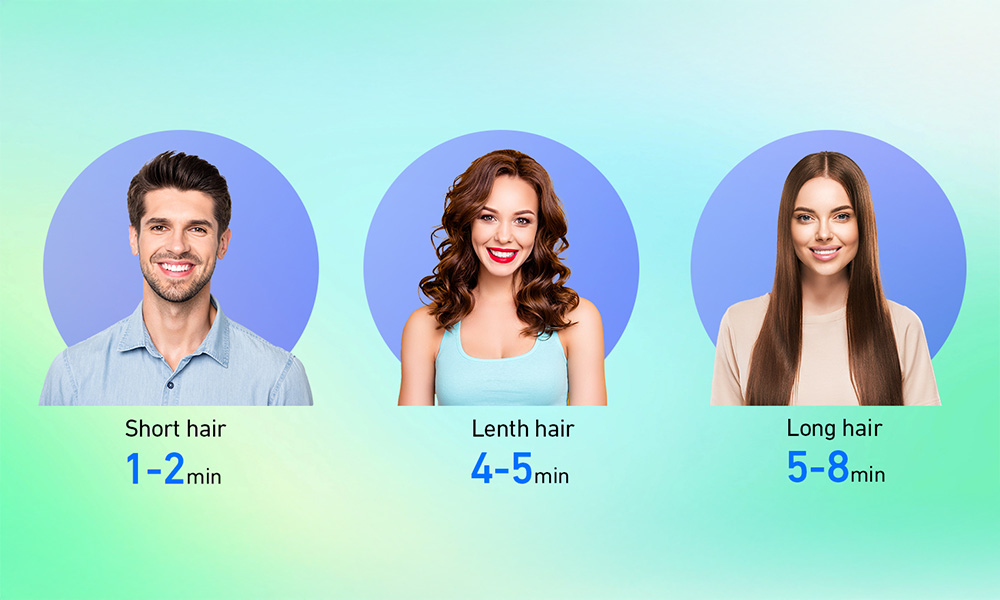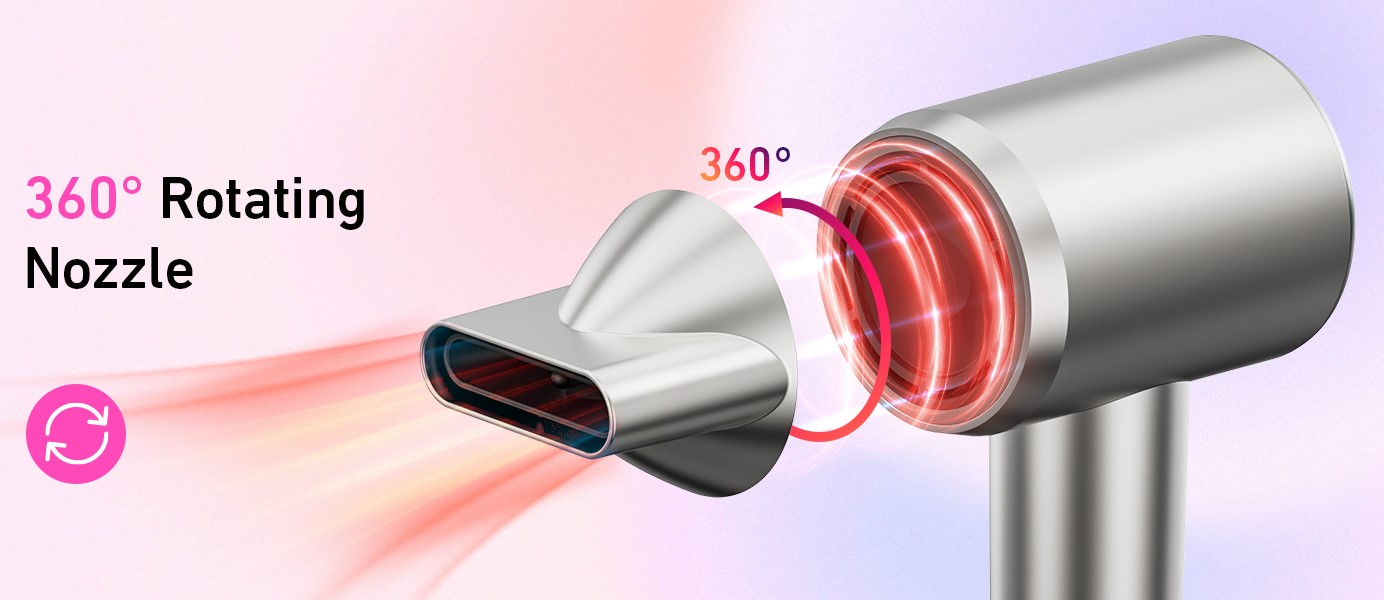
- Home
- Hair Dryer
- Hair Care Tips
- Your Ultimate Guide to Hair Drying and Care Tips
Your Ultimate Guide to Hair Drying and Care Tips
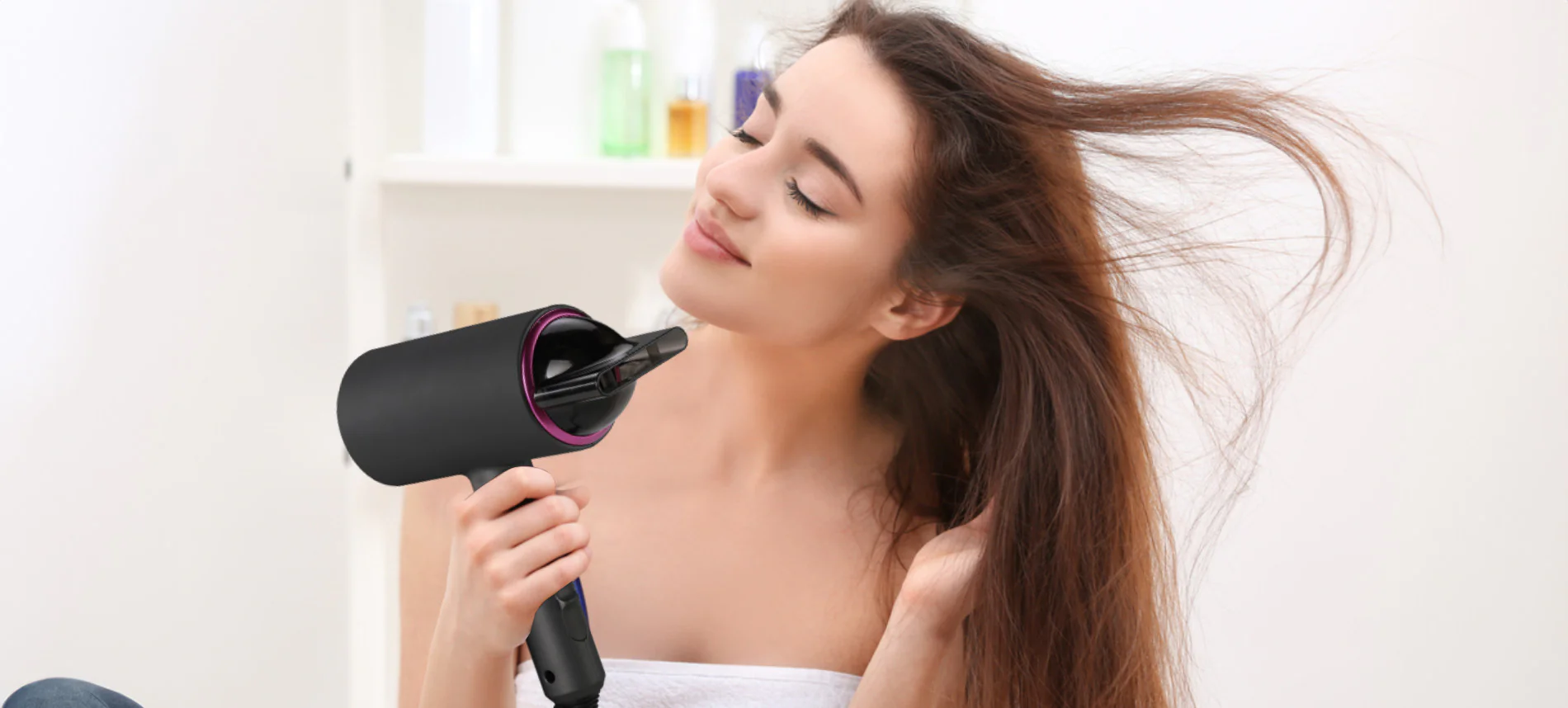
Hair drying and proper hair care are essential aspects of maintaining healthy, beautiful hair. Whether you’re aiming for sleek straight locks, voluminous curls, or a natural air-dried style, understanding how to dry and care for your hair properly can make all the difference. In this comprehensive guide, we’ll walk you through various hair drying techniques, how to care for your hair, and bust common myths that could be affecting your routine. Let’s dive into achieving the best hair of your life!
1. Understanding Your Hair Type: The First Step to Perfect Hair Care
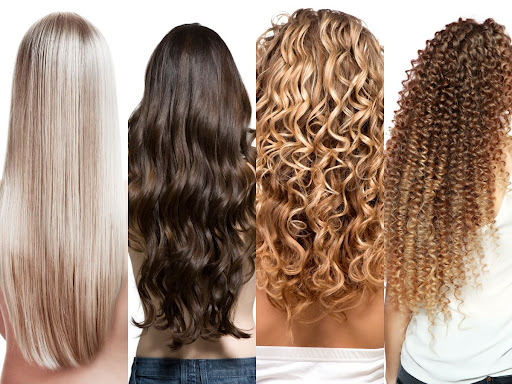
Before jumping into specific techniques, it’s crucial to understand that hair care starts with your unique hair type. Identifying whether your hair is curly, wavy, straight, thick, or fine will help you tailor your drying and care routines effectively.
Curly Hair: Needs moisture retention and frizz control. Avoid heat styling without a protective product.
Straight Hair: Usually requires volume-boosting products and less frizz management.
Fine Hair: Can benefit from lightweight products and careful drying techniques to prevent breakage.
By knowing your hair type, you’ll be better equipped to choose the right hair drying techniques and products for healthier, shinier results.
2. Hair Drying Techniques: How to Use a Hair Dryer Properly
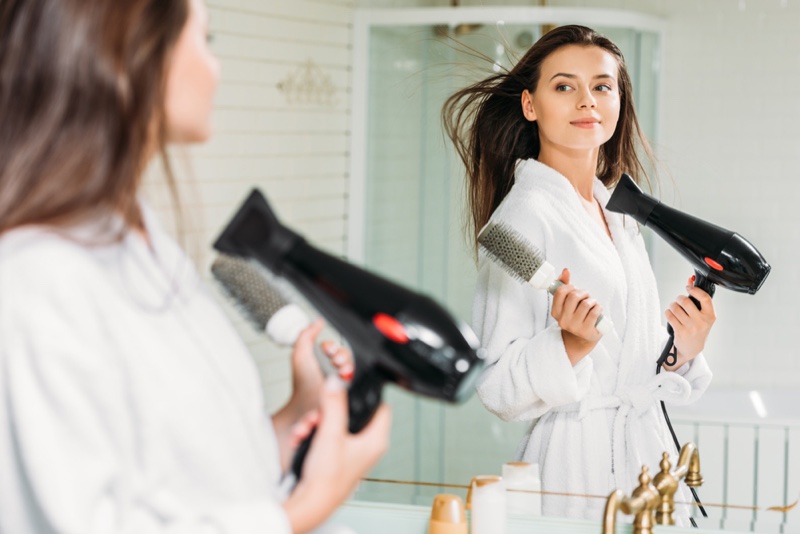
Using a hair dryer might seem simple, but doing it correctly can make a huge difference in the health and appearance of your hair. If used improperly, heat from a dryer can cause damage, leading to dryness, split ends, and dullness. Here’s how to use a hair dryer properly to ensure your hair stays healthy and looks its best:
Pre-dry with a Towel: Gently pat your hair with a microfiber towel to remove excess moisture. Avoid rubbing your hair vigorously, as this can lead to frizz and breakage. Your hair should be damp, not soaking wet, before you begin drying.
Apply a Heat Protectant: Before using any heat, always apply a heat protectant spray or cream. This creates a protective barrier around your strands, reducing the risk of heat damage. Make sure the product is evenly distributed from root to tip.
Use the Right Heat Setting: Different hair types require different levels of heat. Fine or thin hair should be dried using a lower heat setting to avoid damage, while thick or coarse hair may need medium to high heat for faster drying. Always start on a lower heat setting and adjust as needed.
Keep the Dryer Moving: Never hold the dryer in one spot for too long. Keep it moving continuously across your hair to avoid overheating any specific area. This will also help to prevent frizz and keep your hair looking smooth.
Use a Nozzle Attachment: The concentrator nozzle helps to direct airflow and reduces heat contact with your scalp, making the drying process more efficient and gentle on your hair.
Dry in Sections: Divide your hair into manageable sections. This allows you to focus on each area evenly, ensuring that all your hair is dried thoroughly without overexposing certain parts to heat.
Dry from Roots to Ends: Start drying your hair at the roots, where the most moisture is, and work your way down to the ends. This technique prevents over-drying the ends, which are more prone to damage.
Finish with a Cool Shot: Once your hair is nearly dry, use the cool shot function on your dryer. The blast of cool air will help to seal the hair cuticles, add shine, and set your style, leaving your hair smooth and polished.
3. Natural Hair Drying Methods: Benefits of Air Drying Hair
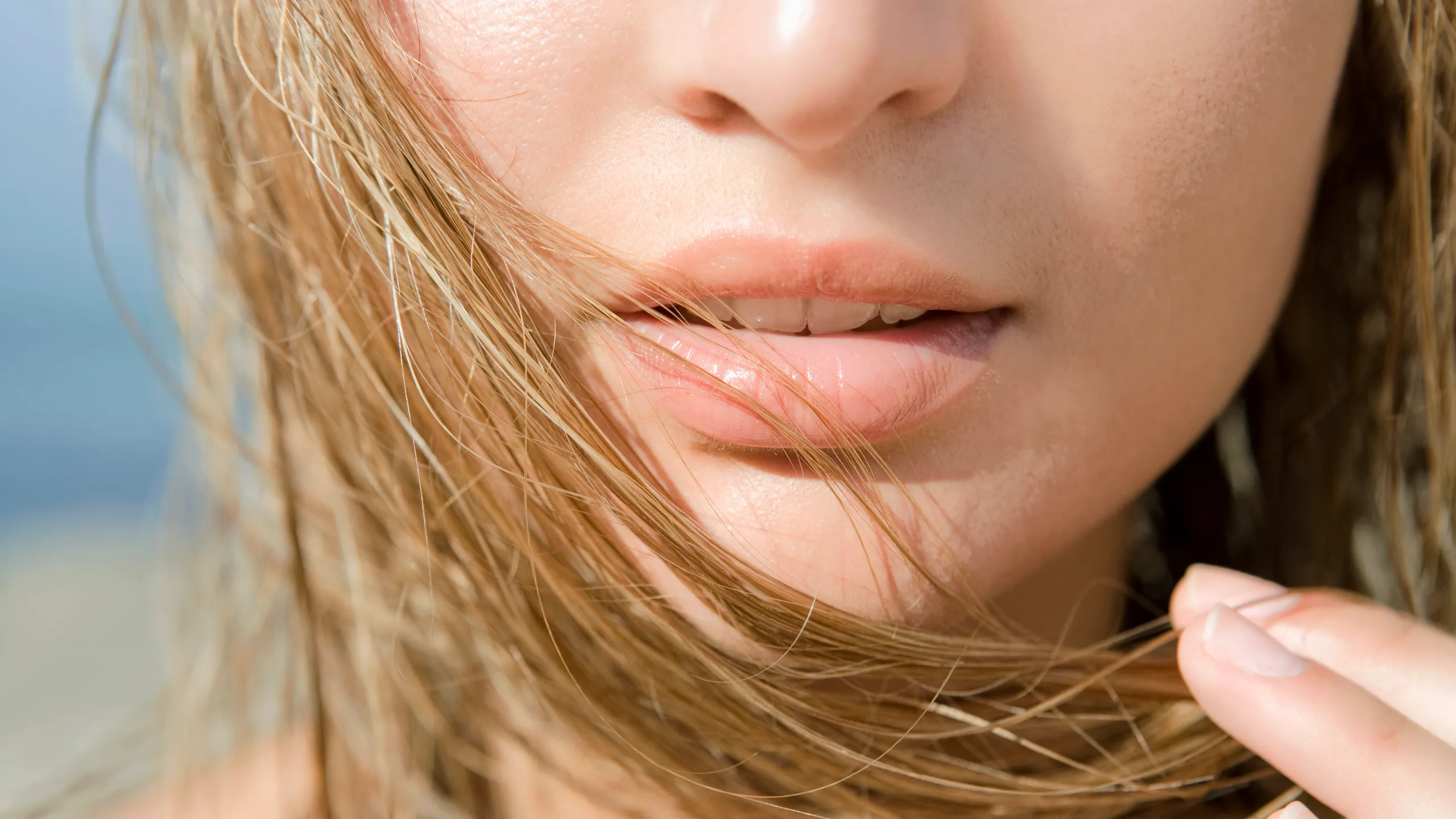
While blow-drying is convenient, giving your hair a break from heat is important. Natural hair drying methods, like air drying, offer multiple benefits:
Reduced Heat Damage: Air drying eliminates the risk of heat damage, allowing hair to maintain its natural moisture levels.
Preserving Curl Patterns: For curly hair, air drying helps retain the natural curl structure without the risk of frizz caused by excessive heat.
Eco-Friendly and Convenient: Air drying is energy-efficient and doesn’t require any tools. It’s especially beneficial for low-maintenance routines.
However, air drying isn’t always perfect. To enhance air drying, apply a lightweight leave-in conditioner or curl-enhancing mousse to keep hair frizz-free and manageable. This technique also works well for those with straight or fine hair who wish to avoid unnecessary heat exposure.
4. Best Hair Drying Tips: Achieving Healthy and Shiny Hair
Getting healthy, shiny hair starts with knowing the best techniques for drying your hair. Whether you’re using a blow dryer or air drying, these tips will help you maintain the health of your hair while ensuring it looks its best.
Don’t Over-Dry Your Hair: One of the most common mistakes is drying hair until it’s completely dry. This strips the hair of its natural moisture and leads to frizz and brittleness. Instead, leave a little moisture in your hair and let it finish drying naturally for the last few minutes.
Always Use a Heat Protectant: Before you even pick up the dryer, apply a heat protectant spray or serum to shield your hair from heat damage. This is essential for preventing dryness, split ends, and breakage, especially if you blow dry frequently.
Blow Dry from Roots to Ends: Start by drying the roots first, where the moisture tends to linger, and work your way down to the ends. This technique reduces the risk of over-drying the tips, which are more prone to damage, and helps achieve volume at the roots.
Use the Cool Setting for Shine: Once your hair is about 90% dry, switch to the cool setting on your dryer. The cool air helps to close the hair cuticles, which locks in moisture, reduces frizz, and enhances the natural shine of your hair.
Section Your Hair for Even Drying: Divide your hair into sections to ensure you dry each part evenly. This not only speeds up the process but also prevents overexposing certain areas to too much heat, which can cause damage.
Choose the Right Tools: Using the right tools can make all the difference. Opt for a high-quality dryer with ionic technology that helps to break down water molecules faster, reducing drying time and frizz. A dryer with multiple heat and speed settings also gives you better control based on your hair type and needs.
Don’t Skip the Nozzle Attachment: Using the concentrator nozzle on your dryer helps direct airflow exactly where you need it, making your drying more efficient. It also helps smooth the hair as you dry, leading to a sleeker finish.
Avoid Touching Your Hair Too Much While Drying: Constantly running your hands through your hair while drying can cause frizz. Try to handle your hair as little as possible to keep it smooth and polished.
5. How to Care for Hair: Building an Effective Hair Care Routine
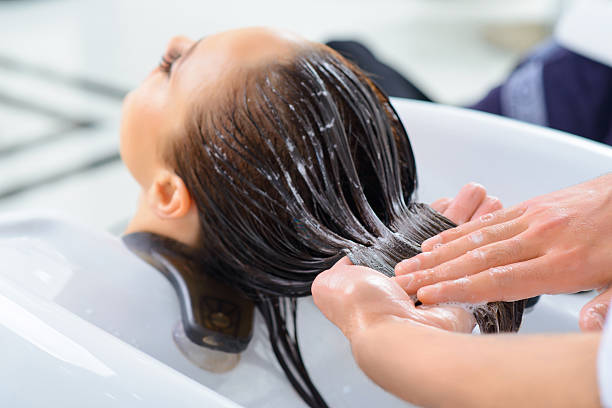
Caring for your hair requires a consistent routine that nourishes, strengthens, and protects it. The right hair care routine can prevent common issues like breakage, frizz, and dryness while enhancing your hair’s natural beauty. Here’s how to care for your hair effectively:
Choose the Right Shampoo and Conditioner: Selecting products suited to your hair type is essential. For instance, if your hair is dry or curly, opt for hydrating and sulfate-free formulas. Fine or oily hair types should stick to lightweight products to avoid weighing down the hair. Be mindful of using shampoo too frequently, as this can strip your scalp of its natural oils.
Incorporate Deep Conditioning Treatments: Deep conditioning treatments or hair masks should be used once a week to provide extra moisture and nourishment. These treatments are particularly beneficial for damaged or color-treated hair, helping to restore softness and shine.
Avoid Over-Washing: Washing your hair too often can lead to excessive dryness and breakage. For most hair types, washing two to three times per week is sufficient. If your scalp tends to get oily quickly, consider using a dry shampoo between washes to extend the time without stripping essential oils.
Be Gentle When Detangling: Wet hair is more fragile and prone to breakage. Use a wide-tooth comb or a brush designed for wet hair to gently detangle from the ends up to the roots. Always start with the bottom of your hair to minimize damage and tangling.
Limit Heat Styling: While heat styling tools like straighteners and curling irons can help you achieve your desired look, overusing them can damage your hair. If possible, limit heat styling to a few times a week, and always use a heat protectant spray beforehand.
Protect Your Hair from the Elements: Sun, wind, and pollution can take a toll on your hair. Consider using products that contain UV protection or wearing a hat when you’re outdoors for extended periods. Additionally, harsh weather can dry out your hair, so adjust your routine seasonally.
Get Regular Trims: Even if you’re growing out your hair, regular trims (every 6-8 weeks) are essential for preventing split ends. Trimming keeps your hair looking healthy, eliminates damaged ends, and promotes more even growth.
Maintain a Healthy Diet: Hair health starts from the inside out. A balanced diet rich in vitamins and minerals like biotin, vitamin E, and omega-3 fatty acids supports strong, shiny hair. Make sure to stay hydrated, as water plays a key role in keeping hair moisturized.
6. The Benefits of Air Drying Hair: When to Skip the Heat
Incorporating air drying into your hair routine is beneficial for reducing damage, especially for individuals with fine or damaged hair. However, it’s important to know when to use this method and when to opt for blow-drying instead.
Benefits:
Less Breakage: Air drying reduces the likelihood of hair breaking, as heat weakens the hair cuticles.
Frizz Control: For those with thick or curly hair, air drying with the right product (leave-in conditioners or curl creams) can result in well-defined, frizz-free curls.
Time-Efficient for Fine Hair: If your hair is naturally fine or thin, air drying won’t take as long as it might for thicker textures, making it a convenient alternative to heat drying.
However, for thicker hair types, especially in humid climates, air drying may cause frizz or unruly textures, in which case strategic blow-drying or using a diffuser is recommended.
7. Common Hair Care Myths: Debunking Misconceptions
When it comes to how to care for hair, many misconceptions can lead people down the wrong path. Here are some myths and the truth behind them:
Myth 1: Air Drying is Always Better than Blow-Drying
While air drying does reduce heat damage, it’s not always the best option for everyone. Thick hair can hold moisture for too long, causing frizz or mold.
Myth 2: The More Shampoo, the Better
Excess shampooing can strip your scalp and hair of essential oils, leading to dryness. Stick to a balanced washing schedule that suits your hair type.
Myth 3: Heat Protectants Eliminate All Heat Damage
While heat protectants reduce damage, they don’t eliminate it entirely. Always use moderate heat and don’t rely solely on protectants.
Understanding and debunking these myths will help you build a healthier, more effective hair care routine.
8. Product Recommendations for Hair Care: Essential Tools and Products
To complement your routine, here are some product recommendations for hair care that can help you achieve your hair goals:
Maxodo Ionic Hair Dryer: This high-speed dryer uses advanced ionic technology to reduce frizz and lock in moisture.
Moroccan Oil Treatment: Perfect for hydrating dry ends and smoothing flyaways.
Olaplex No. 3 Hair Perfector: A must-have for repairing damaged hair bonds, especially for those who frequently heat style.
Dyson Supersonic Hair Dryer: Designed to prevent extreme heat damage with intelligent heat control.
Wet Brush: Ideal for gently detangling hair, especially when it’s wet and more prone to breakage.
These products can enhance your routine, providing healthier, shinier hair with less effort.
Conclusion
Hair care is all about understanding your unique hair type and needs, and adjusting your hair drying techniques and routines accordingly. By using a combination of natural drying methods, heat styling with caution, and incorporating quality hair care products, you can maintain a vibrant, healthy mane.
Popular Post

Ultimate Guide to Using a Hair Dryer with Nozzle for Styling
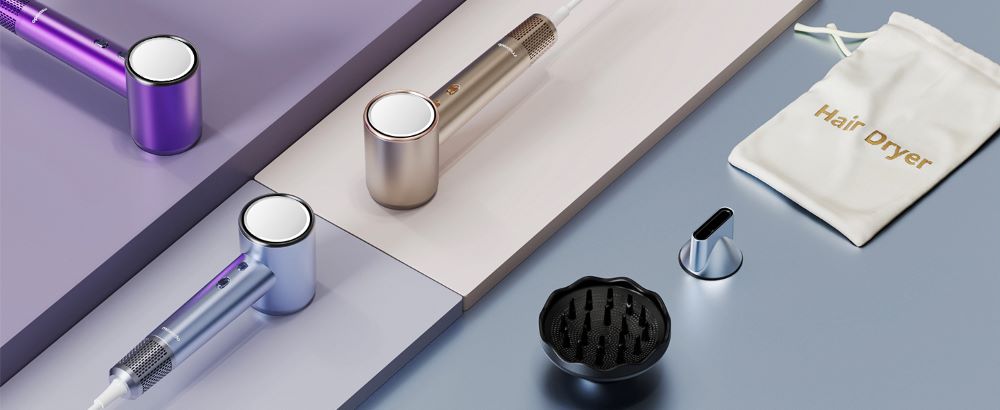
The Benefits of Using a Hair Dryer with a Diffuser
